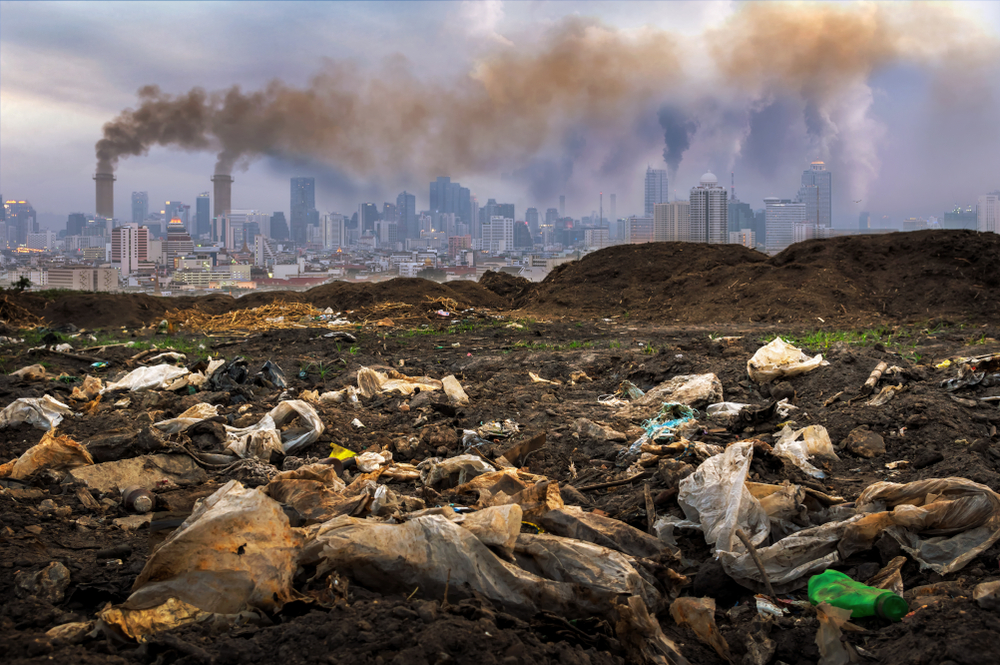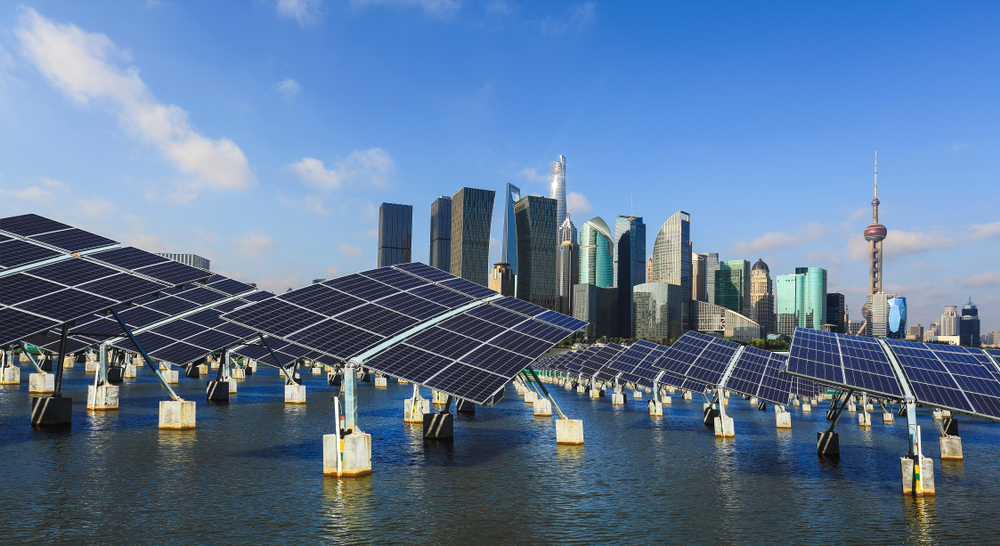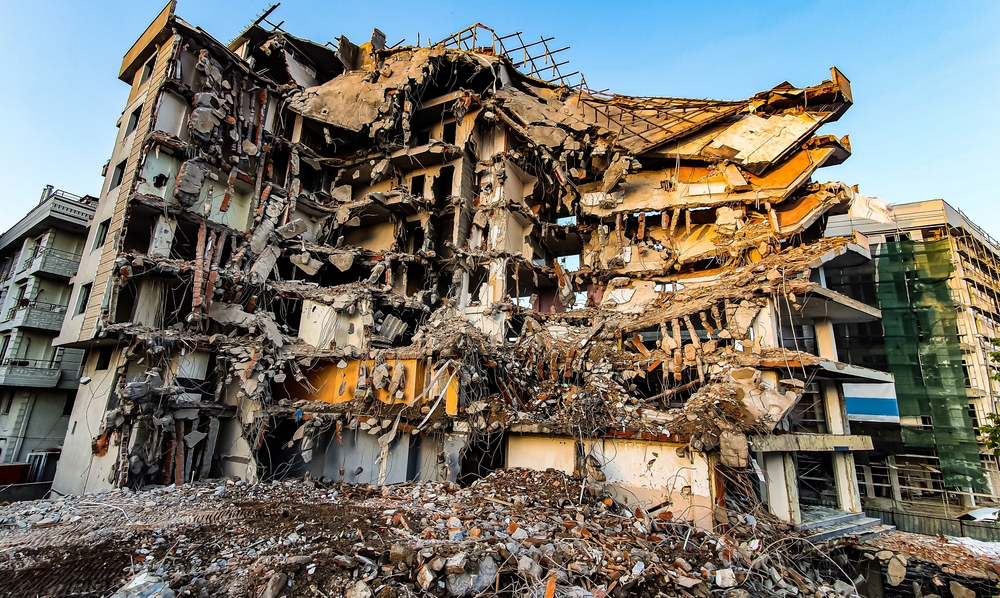Architect of sustainable cities: Neil Khor’s symphony of urban development at UN-Habitat
Through his work for UN-Habitat, Neil Khor helps set standards for member states in all aspects of urban planning

Neil Khor is the director of external relations for UN-Habitat, the United Nations Secretariat program that focuses on the mandates of Sustainable Development Goal No. 11, which involves sustainable urbanisation.
For Khor, a Malaysian national, the way we develop our cities is both vitally important and increasingly urgent—not to mention a topic that’s close to his heart. A widely published author of history and non-fiction books, Khor wrote The Towns of Malaya: An Illustrated Urban History of the Peninsula up to 1957 prior to joining the UN in 2019.
At UN-Habitat he helps promote the organisation’s role as the custodian of the New Urban Agenda, with a mission to ensure that no city is left behind in the modern urbanising world. “We are at a point where, as a species, we are the most urbanised ever,” Khor says. “More than 53% of people now live in cities. We believe in 2030 that number will reach a staggering 60%.”
Based in Nairobi and working alongside a sister UN agency that’s centred on biodiversity and natural habitats, Khor says UN-Habitat focuses on developing global norms and guidelines for urban habitats and the built environment.
The agency helps set standards for member states in all aspects of city planning, including basic services, water, infrastructure transport and more. At the same time—and unlike most Secretariat programs—UN-Habitat also has operational activities, providing technical support directly to member states. As of December 2022, it managed a total fund of around USD540 million. The agency operates in 90 countries, working with more than 1,600 cities worldwide.
What is the nature of the relationship between UN-Habitat and the various governments you work with?
Policies are no good if they’re not implemented, and so we see our role as a coordinator to help countries and cities translate policy into practice. On a technical level, we always welcome input from the private sector, especially professional groups, architects, engineers, and others. We also introduced decentralization as a concept, allowing decision-making to be closer to the ground by local governments, instead of centralising everything in capital cities. Then we set standards and norms for everything from drainage to the right type of building materials for particular built environments.

Sustainability is on the front of many people’s minds— and at the heart of your mandate. How does UN-Habitat help to promote sustainability as cities develop?
We have global norms on air pollution, for example. We work closely with the United Nations Environment Program. Air quality and air pollution are a major problem today in many, many cities. So we partner with those cities, we do empirical studies, we help provide them with guidelines on emissions, how to reduce emissions, what type of building materials will be suitable, what type of waste management policies there should be to reduce pollution. We work very widely in India with this—and in Africa as well.
The world has been investing a lot in what I call climate mitigation. We’re not investing nearly enough in climate adaptation. Unfortunately, the impact of climate change is here, and a lot of cities are suffering
Energy is another area where we provide guidance and, of course, Kenya has been very successful in getting the government to adopt policies associated with renewables. Every Kenyan home now is required—if you have a roofscape of a certain size—to put in solar panels. So we work very closely with energy companies to do this as well.
When we introduce energy saving and the transition to renewables, we want to start in places where we have a high chance of success. Our job is not to go there and do engineering work and put solar panels up. Our job is to pilot projects. The key point is to influence policy. In the case of Kenya, we will be able to demonstrate that we were able to get the government to adopt renewable energy as a key policy for them. And now I think it’s already in the fifth year of implementation, so it’s been quite positive.

How is UN-Habitat working to address climate change?
In a post-pandemic world, the challenge of climate change is constant and has in fact intensified. The world has been investing a lot in what I call climate mitigation. We’re not investing nearly enough in climate adaptation. Unfortunately, the impact of climate change is already here and a lot of cities are suffering. In Nairobi, the weather is unbearably hot. It’s very dry. We have issues with water. This is not only happening in Africa but it’s happening globally. At the last World Urban Forum this was a major topic. We discussed the specific guidelines and technical advice that UN-Habitat and other UN agencies can provide to deal with extreme weather.
You mentioned the World Urban Forum. I know UN-Habitat is very active there. Could you tell us more about what happens at the forum?
This event is mandated by the General Assembly of the UN. All 193 countries in New York ask UN-Habitat to organize these meetings, and the World Urban Forum is unique. The next one, in Cairo, will be the 12th session of the WUF. The World Urban Forum is a global forum for stakeholders in the global agenda under our mandate, which is sustainable urbanisation. So, you’ll find professional groups, architects, engineers, local governments, and others.
At the last WUF in June, there were 17,000 participants representing 172 countries. It’s unique because it’s one of the few UN conferences where ministers can meet civil society and also activists. There’s also a very big private sector component within the forum.

How did the pandemic impact UN-Habitat’s work?
During the pandemic, we asked everyone to wash their hands, but how can they wash their hands if they don’t have supplies? Our main beneficiaries are the most vulnerable, and during the pandemic we worked in the favelas and slums in Brazil, in Africa, including here in Kenya, where we have one of the largest slums in the world. We worked together with governments, local and federal. And together with water operators we helped supply simple handwashing equipment to these communities. That is just one example of how we operated during that period.
We obviously cannot do it alone. We are a small agency in the UN system, but we see our role as a coordinator, helping governments respond, particularly in emergency situations like this.

UN-Habitat has also been active following the recent earthquake in Turkey and Syria. What is the agency’s role in a situation like that?
Our main role is to shelter and provide housing, so we’ve been very active after the earthquake. We provide guidelines for rebuilding. We help, for example, revisit building codes to make them more resilient. What we cannot do is enforcement. We provide the tools, and we encourage governments to do things in a particular way.
We have limited resources, so we are usually in places where the need is greatest. In Syria, we have a country team and were able to mobilise support on the ground in areas impacted by the earthquake. We also have a mission in Turkey with the rest of the UN mission aided by OCHA (Office for the Coordination of Humanitarian Affairs).
If you have 5 million people homeless without shelter in the winter, what happens is you immediately have what people call “tent cities.” We are the ones who give them the plans. For example: How do you put up the tents? Where do you put the drainage? How do you deal with waste? Where do you put the hospital?
What is supposed to be temporary sometimes becomes permanent. You see a lot of camps that have been there for 10 to 15 years and are like mini-cities. We help provide technical expertise.
This article was originally published on asiarealestatesummit.com. Write to our editors at [email protected].
Recommended
Why everyone is moving to Selangor and Johor: Malaysia’s real estate comeback
Malaysia’s upturn in fortunes is especially prevalent in secondary destinations such as Selangor and Johor
Penang’s silicon boom: How the US-China tech war is supercharging local real estate
Penang’s booming semiconductor industry has created ripples within the local real estate sector
New leader, new opportunities: How Hun Manet is shaking up Cambodia’s real estate game
Hun Manet is overseeing decent economic growth and widening access to the country’s real estate market for foreigners
Singapore embraces inclusive housing reforms amid resilient demand
The Lion City’s regulatory strength continues to exert appeal for international investors








